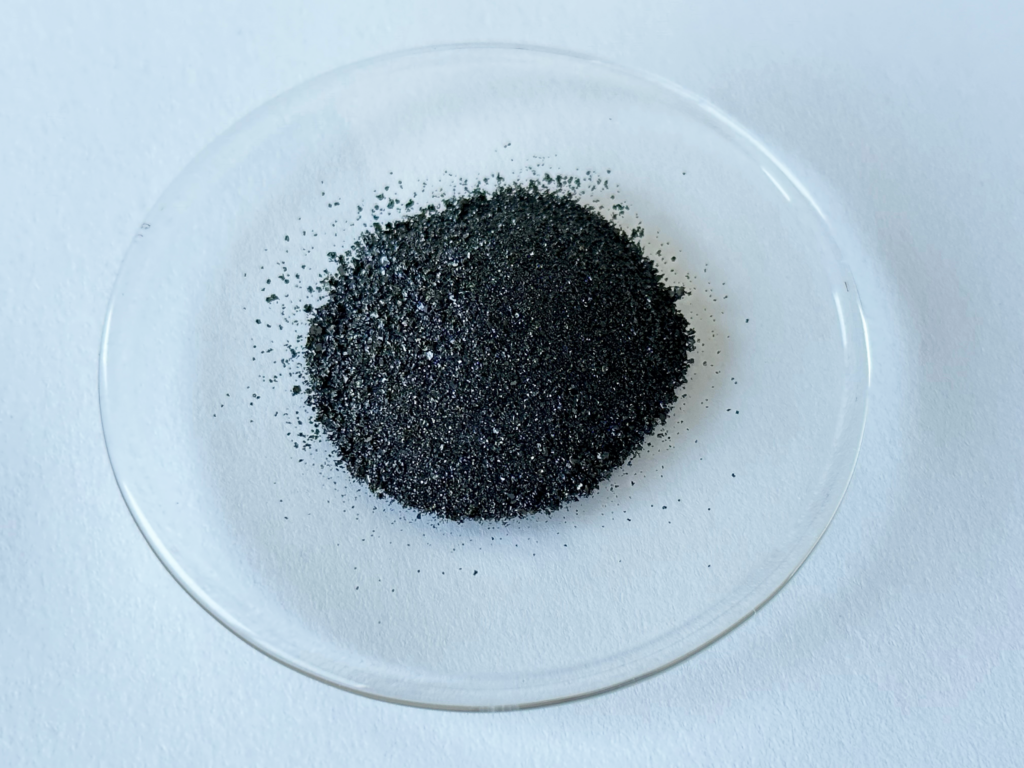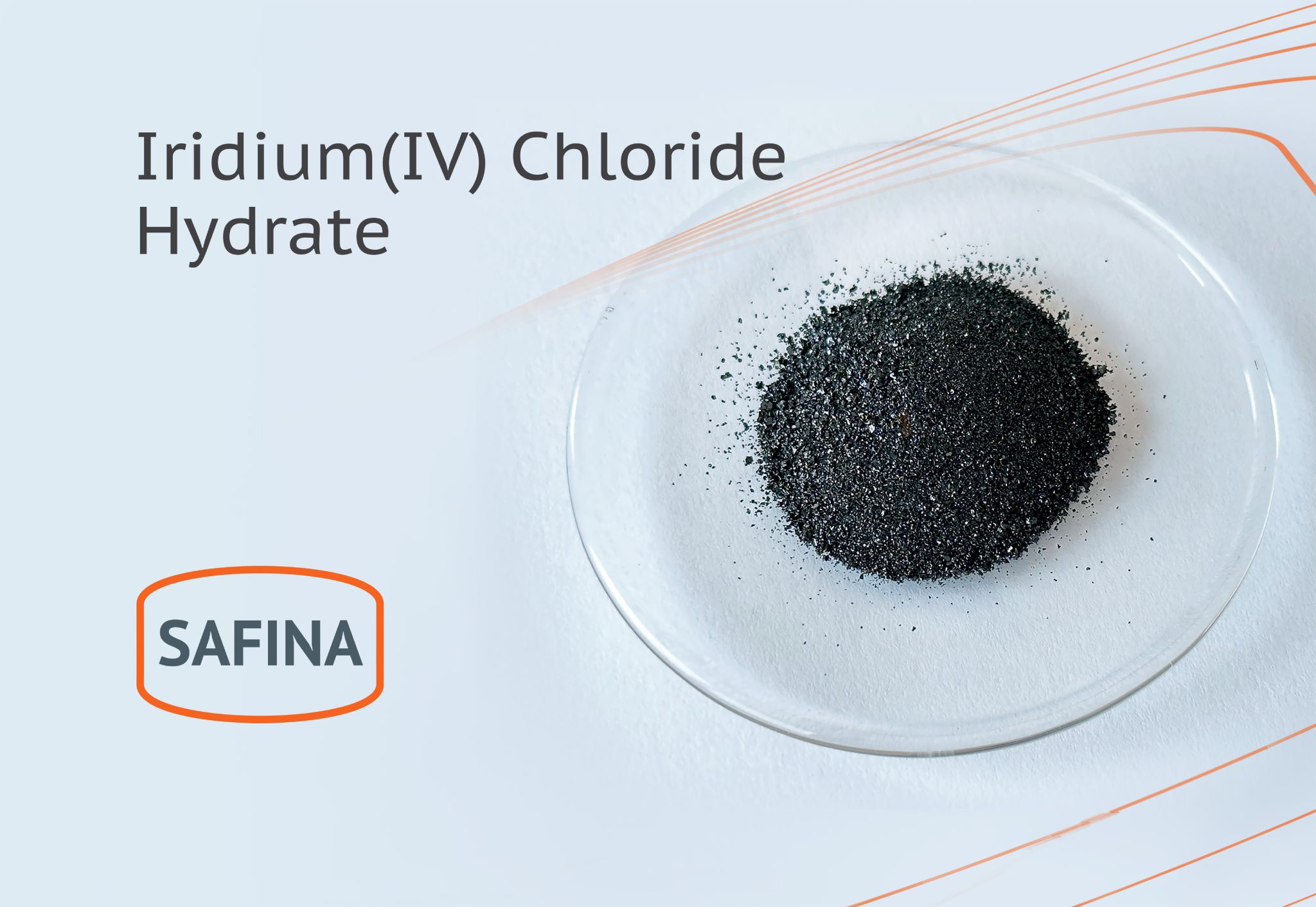In the realm of modern materials science, the ability to synthesize and manipulate advanced materials has led to numerous technological breakthroughs. Iridium, a rare and precious metal known for its remarkable catalytic properties, has gained prominence in various applications.
One of its key forms, Iridium(IV) chloride hydrate (IrCl4 · xH2O), has emerged as a crucial precursor for the development of Ir-based catalysts and nanoparticles. This article delves into the properties and applications of Iridium(IV) chloride hydrate, highlighting its significance in the synthesis of catalysts for diverse chemical processes.
Properties and Composition
Iridium(IV) chloride hydrate appears as a distinctive black crystalline solid. The compound is characterized by its unique structure, consisting of iridium in its +4 oxidation state, bound to chloride ions and water molecules. The stoichiometry is represented as lrCl4 · xH2O, where x represents the variable number of water molecules associated with the compound. This specific composition contributes to its versatility in various synthetic applications.
Applications
Fabrication of Ir-Decorated Graphene Electrode for Vanadium Redox Flow Batteries:
One of the prominent applications of Iridium(IV) chloride hydrate lies in its utilization for the fabrication of Ir-decorated graphene electrodes employed in vanadium redox flow batteries (VRFBs). VRFBs are an advanced energy storage technology that relies on the reversible conversion between different oxidation states of vanadium ions. Iridium-based catalysts enhance the efficiency of these electrodes by facilitating the electrochemical reactions involved in the battery’s operation. The resulting Ir-decorated graphene electrodes exhibit improved stability and performance, contributing to the development of more efficient and durable energy storage systems.
Synthesis of Iridium Oxide Nanoparticles as Catalysts:
Iridium(IV) chloride hydrate serves as a precursor for the synthesis of iridium oxide nanoparticles, which find application as stable catalysts in various chemical transformations. These nanoparticles exhibit exceptional catalytic activity in the hydrogenation of a range of nitrogen heterocycles. The capability of Iridium(IV) chloride hydrate to yield iridium oxide nanoparticles with controlled size and morphology is crucial for tailoring their catalytic performance to specific reaction conditions. This application highlights the compound’s potential in promoting environmentally friendly and sustainable chemical processes.
Preparation of Ir Single Atom Catalyst (Ir1–Ni(OH)2) for Oxygen Evolution Reaction:
In the field of electrochemistry, Iridium(IV) chloride hydrate is utilized to prepare innovative catalysts for critical reactions like the oxygen evolution reaction (OER). OER is a vital component of water electrolysis, a process used to generate hydrogen as a clean energy carrier. The formation of an Ir single atom catalyst, in conjunction with Ni(OH)2, showcases the compound’s role in enhancing the catalytic efficiency of the OER. This advancement has the potential to contribute significantly to the advancement of water-splitting technologies, vital for renewable energy production.
The versatile nature of Iridium(IV) chloride hydrate as a precursor for catalysts and nanoparticles underscores its significance in modern materials science and catalysis. From enhancing the performance of energy storage systems to driving sustainable chemical reactions and renewable energy production, this compound’s applications are far-reaching and impactful. As research continues to uncover new possibilities, Iridium(IV) chloride hydrate is poised to play a pivotal role in shaping the future of various technological domains.


